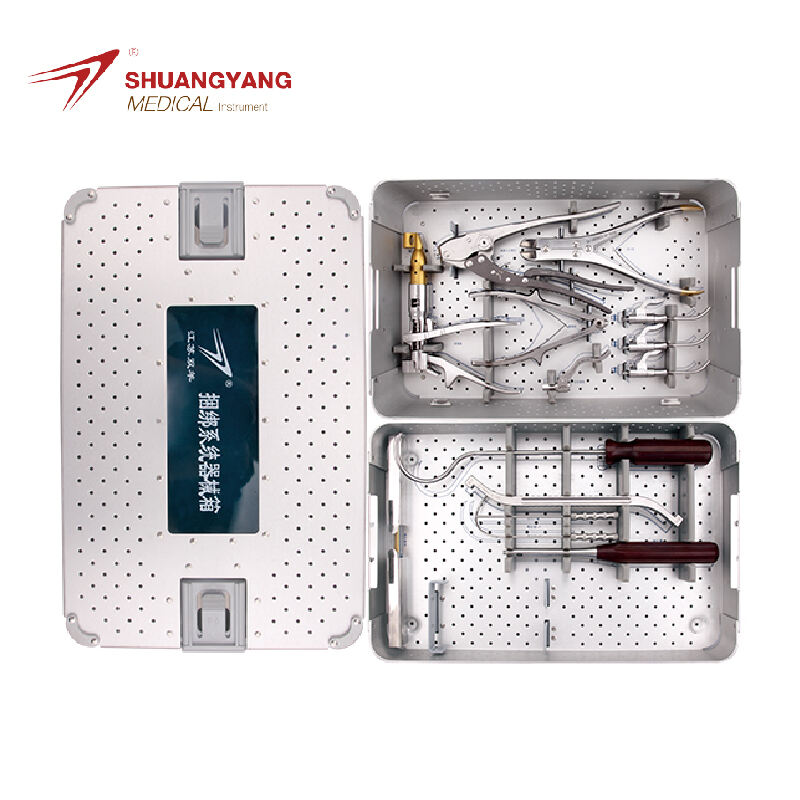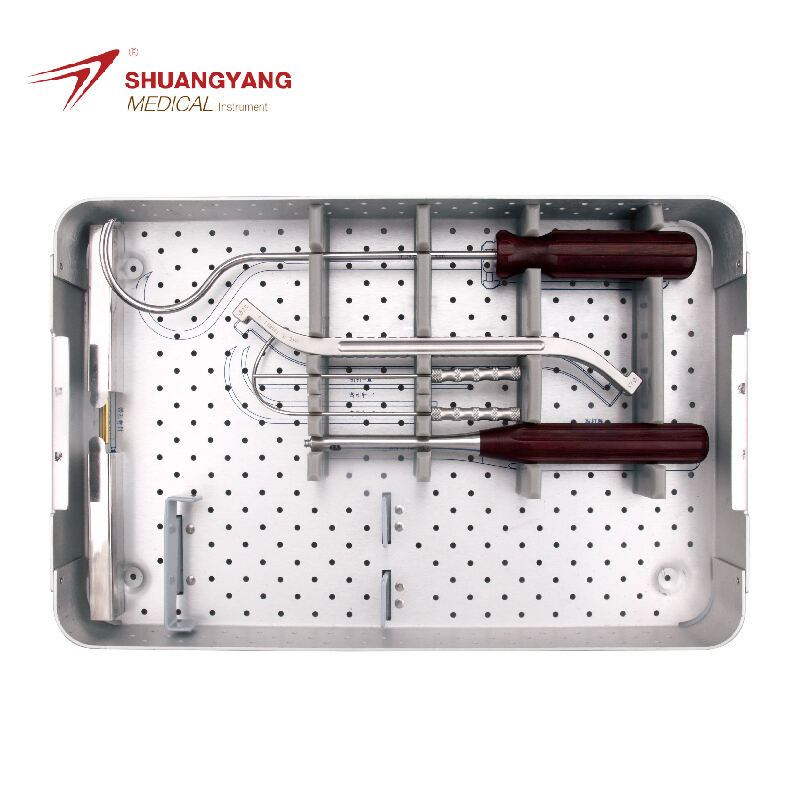femoral nail surgery
The femoral nail surgery is a medical procedure designed to stabilize fractures in the femur, or thigh bone. This innovative technique involves inserting a metal nail into the central canal of the femur, which is then secured with screws to support the bone as it heals. The main functions of the femoral nail include maintaining the alignment of the bone, bearing the weight of the body, and allowing for early mobility. Technological features of the femoral nail include its design, which can be either intramedullary or extramedullary, and the material used, which is typically a strong, corrosion-resistant metal. This surgery is applied in cases of complex femoral fractures, such as those resulting from high-energy impacts or in patients with osteoporosis. It offers a reliable and efficient method for restoring the integrity and function of the femur.


